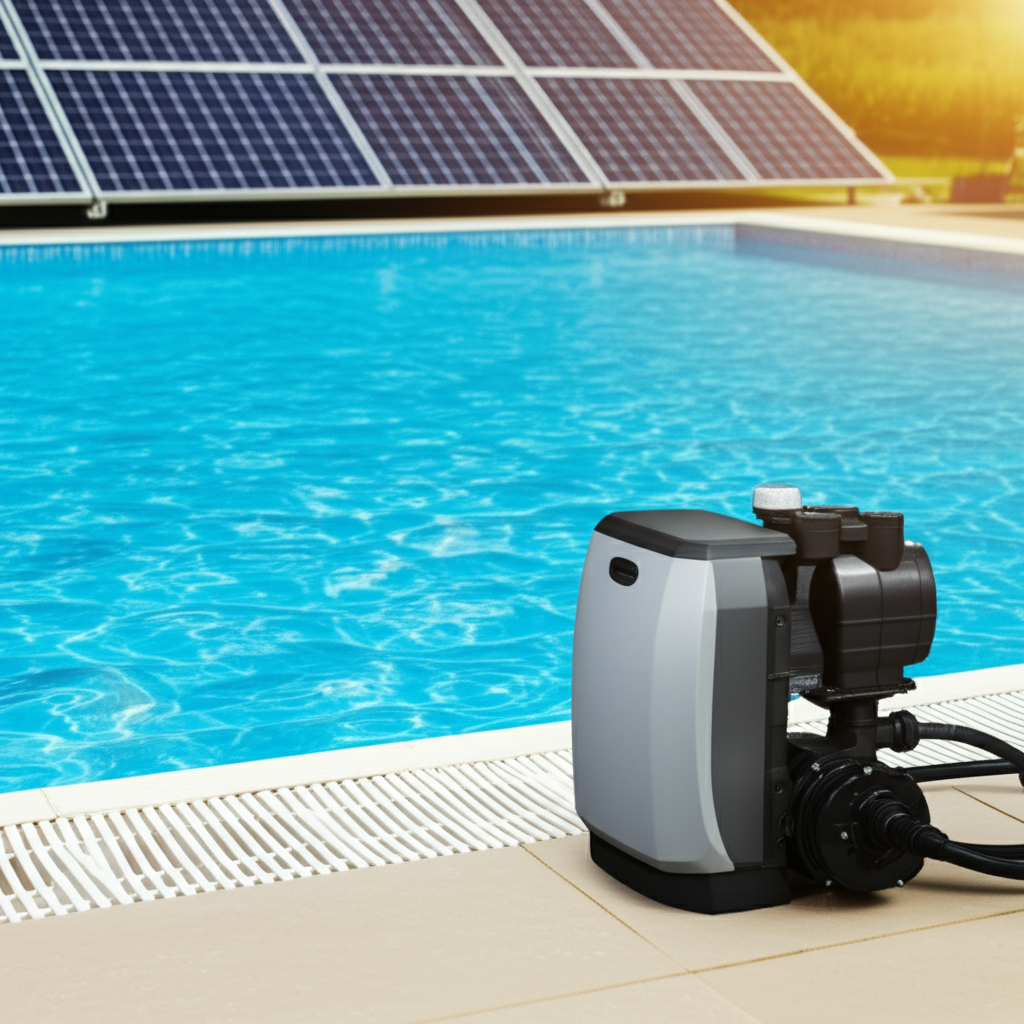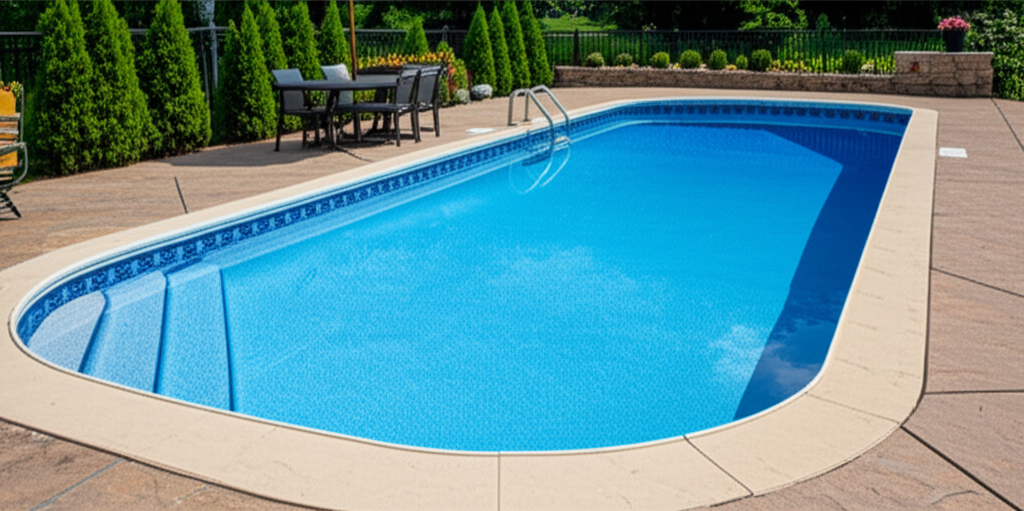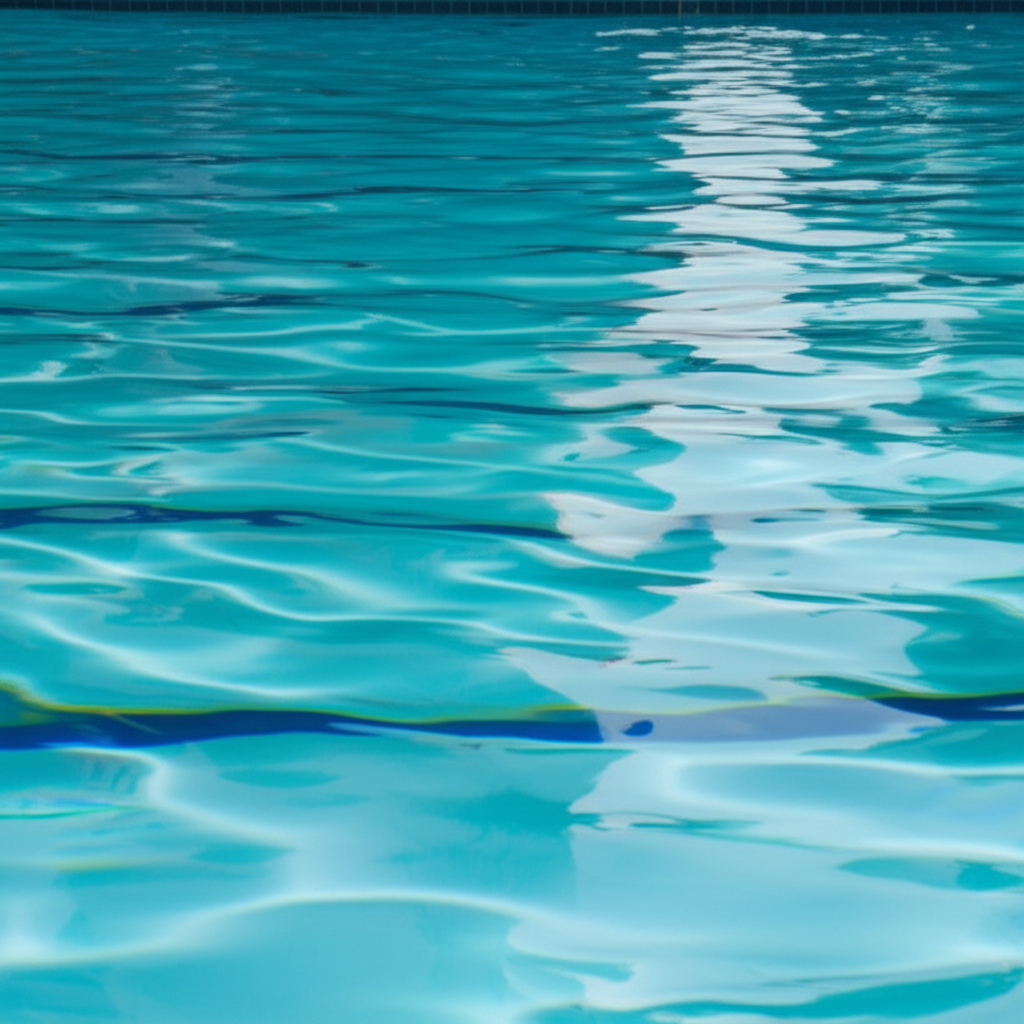- The Energy Drain: Where Does Pool Power Go?
- Optimizing Your Pool Pump: The Heart of Pool Energy Efficiency
- Heating Without the Huge Bill: Smart Heating Solutions
- Brighter, Smarter, and Cheaper: Lighting and Other Accessories
- Maintenance Matters: Sustaining Pool Energy Efficiency
- Calculating Your Potential Savings: A Worthwhile Investment
Pool Energy Efficiency is not just a buzzword; it’s a strategic approach to significantly reduce the operational costs of owning a swimming pool, while simultaneously enhancing its enjoyment and lessening its environmental footprint. For many homeowners, a swimming pool represents a significant investment, but its ongoing energy consumption can often be an unforeseen financial drain. Understanding where your pool’s energy goes and implementing smart solutions can lead to ultimate savings and a more sustainable backyard oasis.
The Energy Drain: Where Does Pool Power Go?
To achieve ultimate savings, it’s crucial to identify the main culprits behind high pool energy bills. Typically, the primary energy consumers in a swimming pool system are:
1. The Pump: This is often the biggest energy hog, circulating water for filtration, heating, and chemical distribution.
2. The Heater: If you heat your pool, this can be the second most significant energy user, especially if it’s a traditional gas or electric resistance heater without proper insulation.
3. Lighting: While often overlooked, older incandescent pool lights can draw a surprising amount of power.
4. Cleaning Systems: Automatic cleaners, especially those that rely on the main pump, contribute to overall consumption.
Addressing these areas with targeted upgrades and smarter habits can transform a costly pool into an efficient one.
Optimizing Your Pool Pump: The Heart of Pool Energy Efficiency
The pool pump is undeniably the engine of your pool, and it’s also where the largest portion of your energy bill typically originates. Traditional single-speed pumps run at full throttle whenever they’re on, consuming a constant, high amount of electricity regardless of the actual need.
The Variable Speed Pump Revolution: The single most impactful upgrade for pool energy efficiency is investing in a variable-speed pump (VSP). Unlike their single-speed counterparts, VSPs can operate at different speeds, allowing them to run at lower, energy-saving speeds for the majority of their operation. This flexibility can lead to incredible energy savings, often up to 90% compared to a single-speed pump, paying for itself within a few years. Lower speeds are usually sufficient for filtration, chemical distribution, and even solar heating, while higher speeds can be used for tasks like vacuuming or powering water features.
Sizing and Run Times: Beyond the type of pump, proper sizing is crucial. An oversized pump will waste energy and cause unnecessary wear and tear. A qualified pool professional can help determine the correct pump size based on your pool’s volume, plumbing, and features. Furthermore, optimizing run times is key. Most residential pools do not need to run 24/7. With an efficient variable-speed pump, you can often achieve adequate filtration by running it at lower speeds for longer periods, or by running it only during off-peak electricity hours to take advantage of lower rates.
Heating Without the Huge Bill: Smart Heating Solutions
Heated pools extend the swimming season and enhance comfort, but they can be incredibly expensive to run. Fortunately, several energy-efficient heating options exist.
Solar Pool Heaters: Leveraging the sun’s free energy, solar pool heating systems are among the most environmentally friendly and cost-effective heating solutions. Water is pumped through collectors, typically installed on a roof, where it absorbs solar heat before returning to the pool. While the initial installation cost can be higher, operational costs are virtually zero.
Heat Pumps: Pool heat pumps operate similarly to reverse-cycle air conditioners. They don’t generate heat directly, but rather extract heat from the surrounding air and transfer it to the pool water. This process is highly efficient, making them much more economical to run than traditional electric resistance or even gas heaters, especially in moderate climates.
The Power of a Pool Cover: Regardless of your heating method, a high-quality pool cover is arguably the most essential item for heat retention and pool energy efficiency. A cover drastically reduces heat loss through evaporation (which accounts for up to 70% of heat loss) and also prevents debris from entering the pool, reducing the need for filtration and chemicals. Solar blankets, automatic covers, and safety covers all offer significant benefits in terms of maintaining water temperature and reducing heating costs.
Brighter, Smarter, and Cheaper: Lighting and Other Accessories
While not as impactful as the pump or heater, other pool components can contribute to energy waste.
LED Lighting: If your pool still uses old incandescent bulbs, switching to LED lighting is a no-brainer. LEDs consume remarkably less electricity (up to 80% less), last significantly longer, and offer a wider range of colors and effects. The upgrade cost is quickly recouped through energy savings and reduced bulb replacement.
Robotic Pool Cleaners: Instead of relying on your main pool pump to power a pressure-side or suction-side cleaner, a standalone robotic pool cleaner offers superior cleaning performance with much lower energy consumption. These self-contained units operate independently of your main filtration system, reducing the workload and run time required for your pool pump.
Smart Automation Systems: Modern pool automation systems allow you to control pumps, heaters, lights, and even water features from your smartphone or a central control panel. This enables precise scheduling, optimized equipment run times, and even integration with sensors that monitor water chemistry, all contributing to maximum pool energy efficiency. You can ensure equipment only runs when necessary, preventing wasteful operation.
Maintenance Matters: Sustaining Pool Energy Efficiency
Even with all the high-tech upgrades, consistent maintenance plays a critical role in sustained energy efficiency. A dirty filter forces your pump to work harder, consuming more electricity. Regularly cleaning or backwashing your filter according to manufacturer recommendations ensures optimal flow and reduces strain on the pump. Maintaining balanced water chemistry also helps, as it prevents issues that might require additional filtration or chemical treatments. Regular professional check-ups can identify potential leaks or inefficiencies that could be quietly costing you money.
Calculating Your Potential Savings: A Worthwhile Investment
Investing in pool energy efficiency upgrades might seem like a significant upfront cost, but the long-term savings are often substantial. Many upgrades, like VSPs and LED lighting, offer a rapid return on investment (ROI). Consider requesting an energy audit for your pool to get a clear picture of your energy consumption and the most impactful areas for improvement. Beyond the financial benefits, reducing your pool’s energy footprint contributes to a healthier environment and positions your home as a more sustainable one.
In conclusion, achieving ultimate savings in pool ownership is entirely within reach. By focusing on smart investments in variable-speed pumps, efficient heating solutions like solar or heat pumps, utilizing a pool cover, swapping to LED lighting, and maintaining the system diligently, you can drastically cut operating costs. These strategies not only lighten your wallet but also ensure your pool remains a source of relaxation and enjoyment, rather than a hidden expense.



